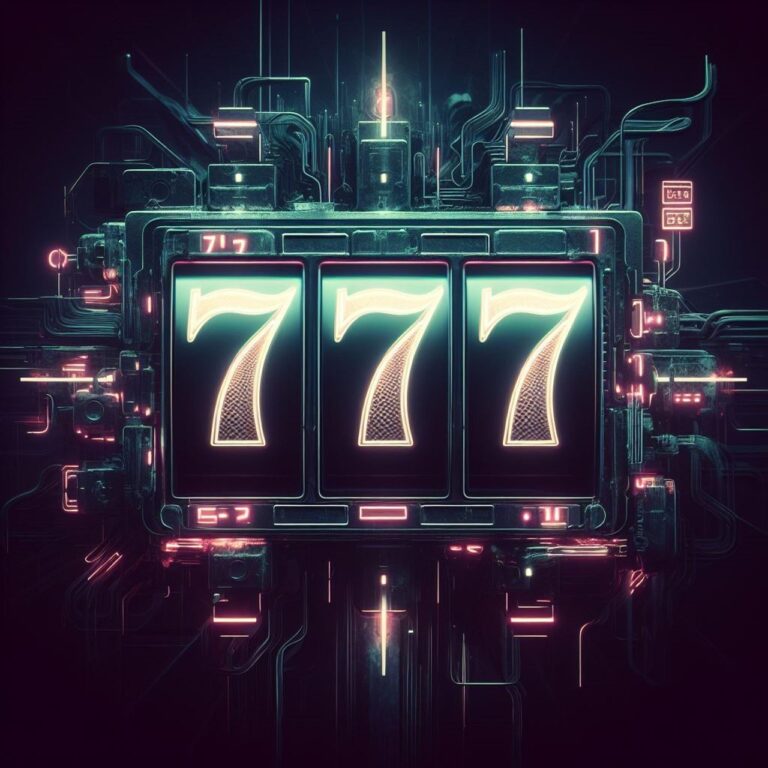Much like it is for poker players, in the world of game development, perfection is often the goal. Yet some of the most unforgettable gaming moments have come not from flawless execution, but from accidents — glitches that were never meant to be. Over time, these happy accidents have evolved into deliberate design choices, blurring the line between error and artistry.

Image credit: Crediblesoft.com
The origins of accidental brilliance
Long before developers had the sophisticated tools they use today, games were coded under strict hardware limitations. This often resulted in unexpected bugs — sprites flickering, walls players could walk through, physics behaving unpredictably. While some glitches broke the game, others opened new possibilities that players embraced, turning flaws into features.
When glitches become the star of the show
Certain glitches have achieved near-mythical status. “Rocket jumping” in early shooters, for example, started as an exploit of damage physics but quickly became a core mechanic in competitive play. In fighting games, unintended combo chains evolved into iconic moves that shaped entire esports scenes. Developers began to see these not as problems to fix, but as opportunities to expand gameplay.
Read also: Glitchcraft: When Game Errors Become Design Genius
Designing imperfection on purpose
Modern developers sometimes create controlled glitches to capture that raw, chaotic energy. By scripting moments that feel like errors — such as warped camera angles, physics defiance, or pixel distortion — they tap into nostalgia for the unpredictable magic of early gaming. This approach can create a sense of spontaneity, even in meticulously crafted worlds.
The psychology behind loving a flaw
Players often feel a stronger connection to games that surprise them. A glitch — whether real or simulated — creates a break from the expected, prompting curiosity and experimentation. These moments feel like secrets shared between the player and the game, deepening immersion and replay value.
This, of course, happens in poker as well. When players play back at your or make unexpected countermoves to your implemented poker strategy, that in turn has to activate your intellect to counter back with alternative maneuvers.
Cultural influence and community creativity
Glitches have fueled entire subcultures within gaming. Speedrunners, for example, actively hunt for bugs to shave seconds off completion times, often sharing their findings with communities that document and refine the techniques. The communal nature of these discoveries mirrors the collaborative spirit found in other prediction-driven activities, such as analysing match trends in Football Predictions.
Balancing chaos and control
While intentional glitches can enrich gameplay, they require careful calibration. Too much unpredictability risks frustrating players, while too little loses the thrill. The most successful examples strike a balance — structured worlds with just enough room for the unexpected to happen.
The glitch as a design philosophy
What began as an unavoidable byproduct of technological limits has become a creative tool. Today’s developers recognise that imperfection can be an asset, bringing personality and depth to a game. In an era where polish is paramount, the glitch stands as a reminder that sometimes, the best moments happen when things go slightly wrong.





